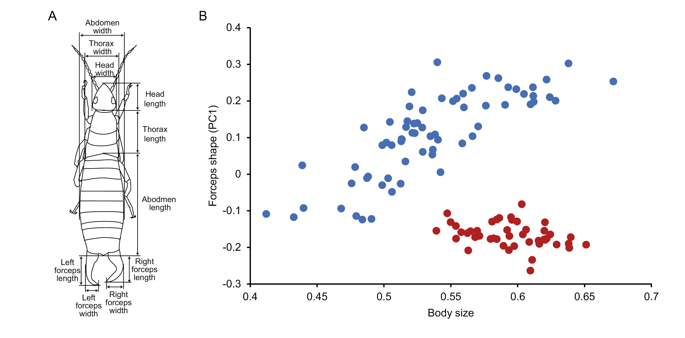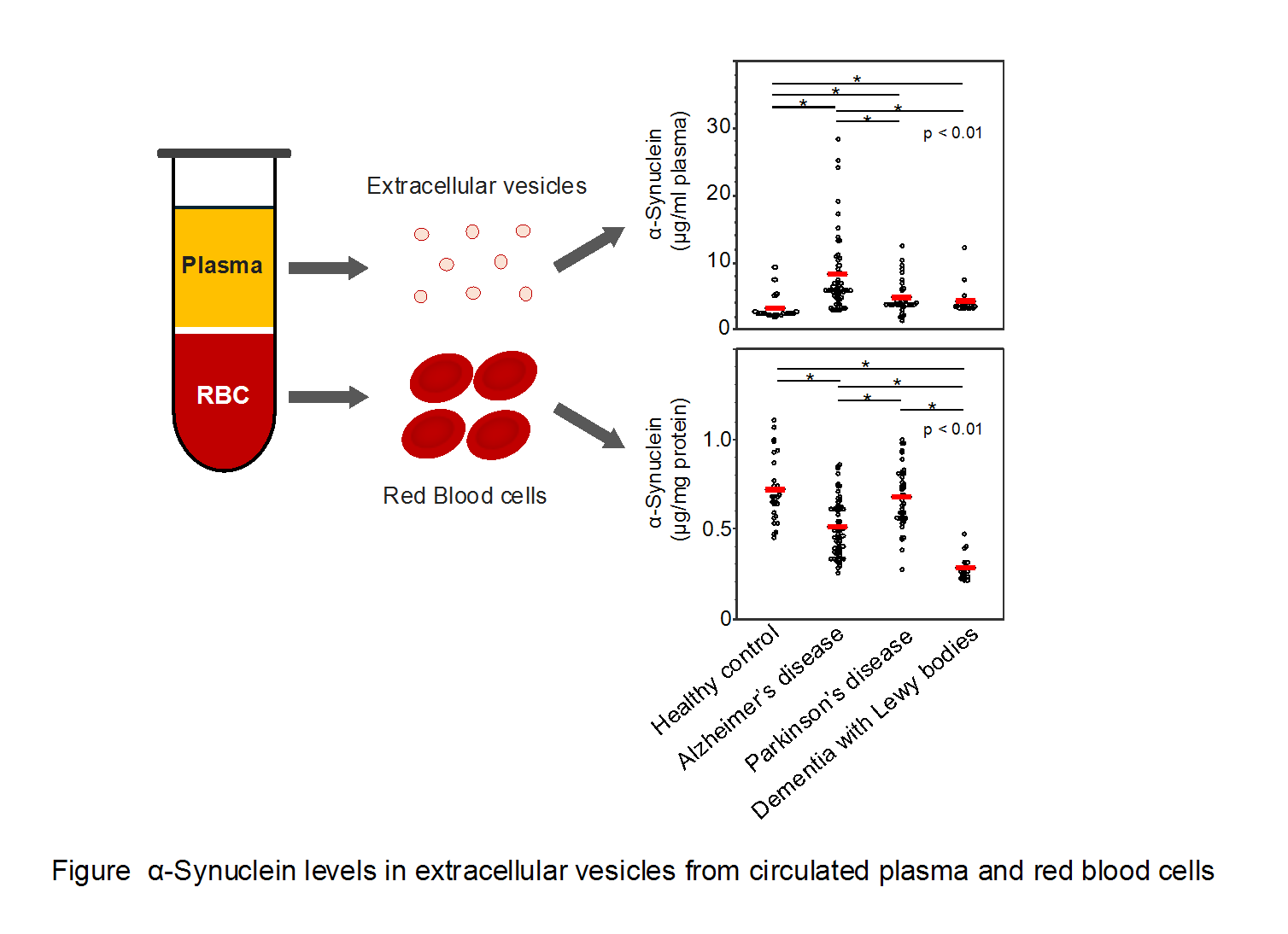New technology to assemble three-dimensional structures using gold nanoparticles confined in nanocapsules
Potential for application as high-sensitivity multi-color sensors
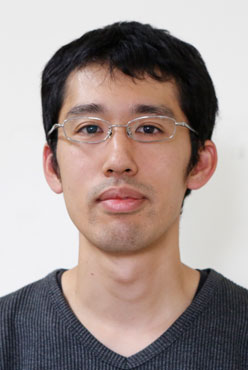



- The group has successfully constructed three-dimensional structures using gold nanoparticles, which are expected to have applications in bio-imaging, photocatalysis, etc., owing to their optical properties.
- Calculations on electron energy loss spectroscopy (EELS) mapping of the three-dimensional gold nanostructures showed that different plasmon modes are generated depending on the energy of the incident electromagnetic field, and strong electromagnetic fields are generated at various positions in the structure depending on the energy of the incident light.
- The results of this research are expected to lead to the development of technologies such as highly sensitive multi-color sensors that combine the three-dimensional structures of different types of gold nanoparticles.


Fig.1: Schematic image of three-dimensional building of anisotropic gold nanoparticles under confinement in submicron capsules
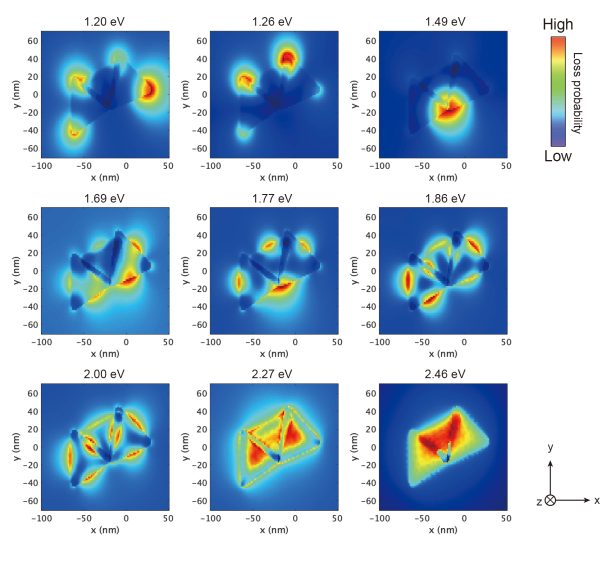

Fig.2: Simulated electron energy loss (EEL) maps of the proposed welded gold nanostructure
Summary:
When irradiated with light corresponding to localized surface plasmon resonance, which is dependent on the shape of the metallic nanoparticles, the nanoparticles can be fused by a strong electric field generated in a position-specific manner. In this study, the researchers utilized this technique to construct higher-order structures by linking gold nanoparticles together, aiming to extend their unique optical properties.
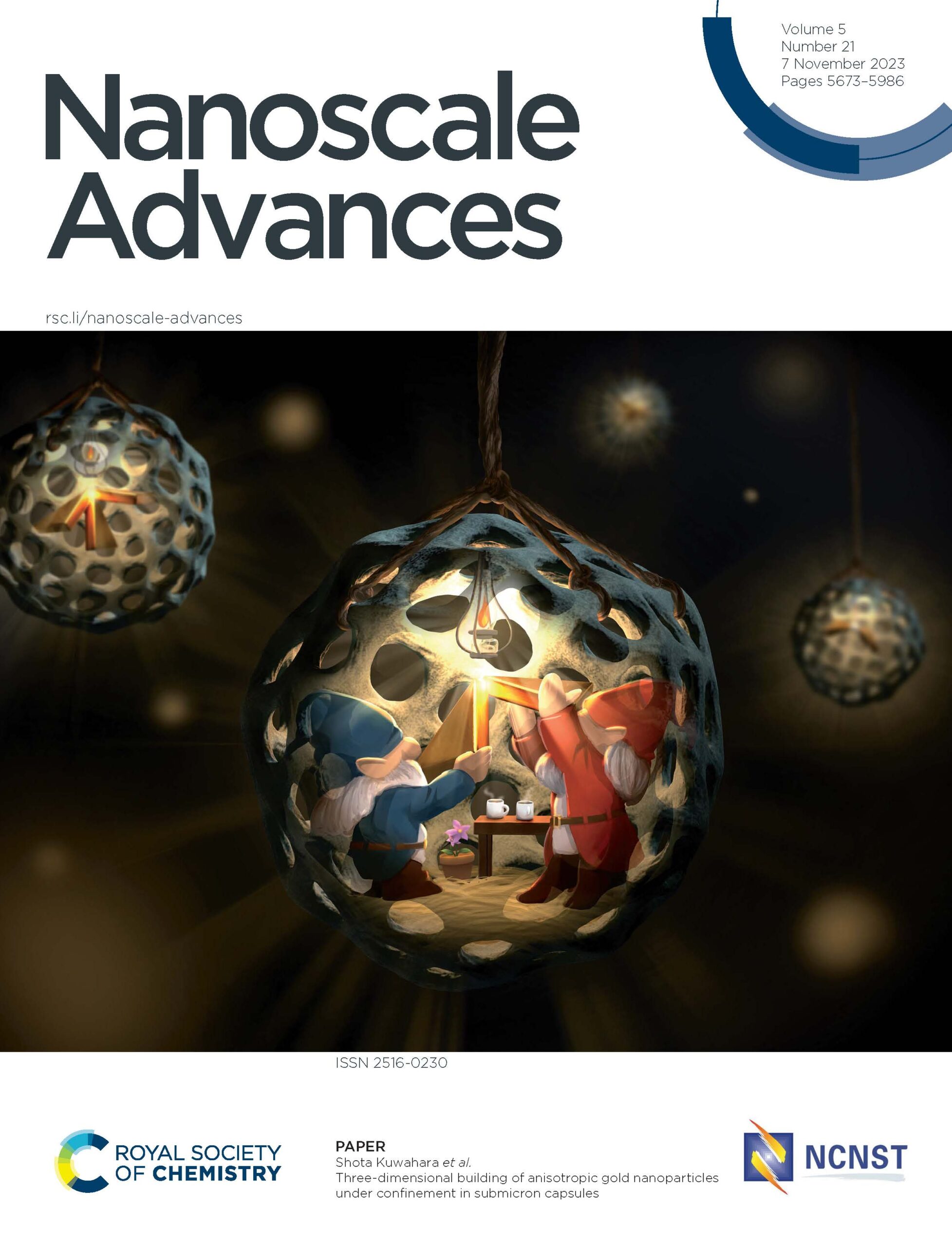

Until now, it has been difficult to construct higher-order structures composed of gold nanoparticles due to the low contact probability between gold nanoparticles and the limited contact direction.
In this research, by confining multiple gold nanoparticles in a submicron-sized silica capsule with a mesoporous silica shell, the researchers increased the contact probability between the nanoparticles and created a space where gold nanoparticles could contact each other from every direction. This is the first-ever report of the successful fabrication of a three-dimensional gold nanostructure.
Electron energy loss spectroscopy (EELS) mapping calculations were performed based on scanning transmission electron microscope (STEM) images of the three-dimensional gold nanostructures obtained by this method. The results revealed that different plasmon modes are generated depending on the energy of the incident electromagnetic field and that the position of hot spots varied depending on the plasmon mode of the three-dimensional structure.
Nanoscale Advances, October 25, 2023 issue
Title
Three-dimensional building of anisotropic gold nanoparticles under confinement in submicron capsules
Authors
Ryuichi Yamada, Makoto Kuwahara, and Shota Kuwahara*
DOI No.
10.1039/d3na00683b
READ MORE RESEARCH NEWS - SCIENCE
Undergraduate Programs
– Medicine
– Pharmaceutical Sciences
– Science
– Nursing
– Health Science
Graduate Programs
–Medicine
–Pharmaceutical Sciences
–Science
–Nursing
RESEARCH
– News
– Guidelines & Policies
– Support Offices
– Facilities
– Security Export Control
Non-Degree Programs
– Clinical Elective Program
– International Physician Observership Program

